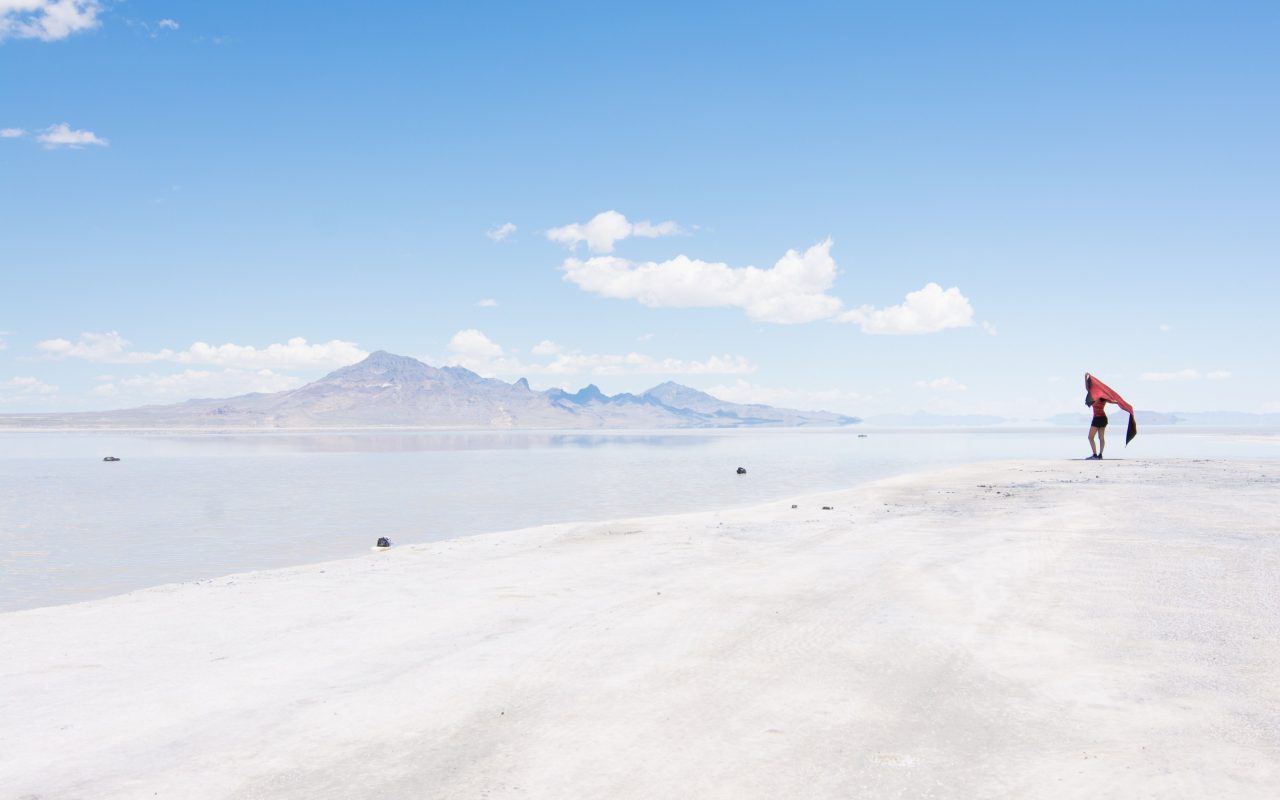

The operation utilizes a series of 250-acre condenser ponds. The entire location is only a few feet above sea level. The facility covers approximately 13 percent of the island, about 16 square miles of land on the flat, southeast corner. The solar salt facility, one of the largest in the Caribbean, is today owned by Cargill, the Minneapolis, Minnesota based conglomerate. Depending on the time of the year, there can be upwards of 200,000 metric tons of salt neatly stacked in long rows awaiting shipment. Each pyramid, roughly 50-feet high, contains approximately 10,000 metric tons of 99.6 percent pure salt. One of the most notable features that greets arriving visitors, both by sea and by air, is a distinctive line of white salt pyramids at the southeastern end of the island. The entire structure was uplifted approximately 90 million years ago, along with the rest of the Leeward Antilles and the Venezuelan Antilles, when tectonic activity caused by the Caribbean continental plate pressing against the South American plate forced the ancient seafloor to buckle and rise above the surface of the Caribbean Sea. The island of Bonaire consists of a core of volcanic rocks overlain by a mix of largely carbonate rocks and associated fringing coral reefs. Formerly part of the Netherland Antilles, it became a legal “municipality” of the Netherlands in 2010, when the Netherland Antilles was dissolved. Two other, uninhabited islands of the Leeward Antilles, Klein Bonaire (Little Bonaire) and Klein Curaçao (Little Curaçao), make up the rest of the island grouping. Along with its neighbors Curaçao and Aruba, it forms the “ABC” islands. Deep in the central Caribbean, just 60 miles from Venezuela, the island of Bonaire is a tiny, 112-square-mile island, in the Leeward Antilles.


 0 kommentar(er)
0 kommentar(er)
